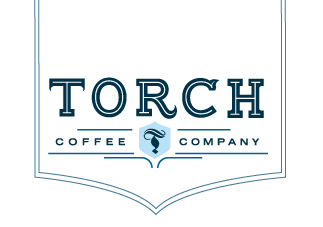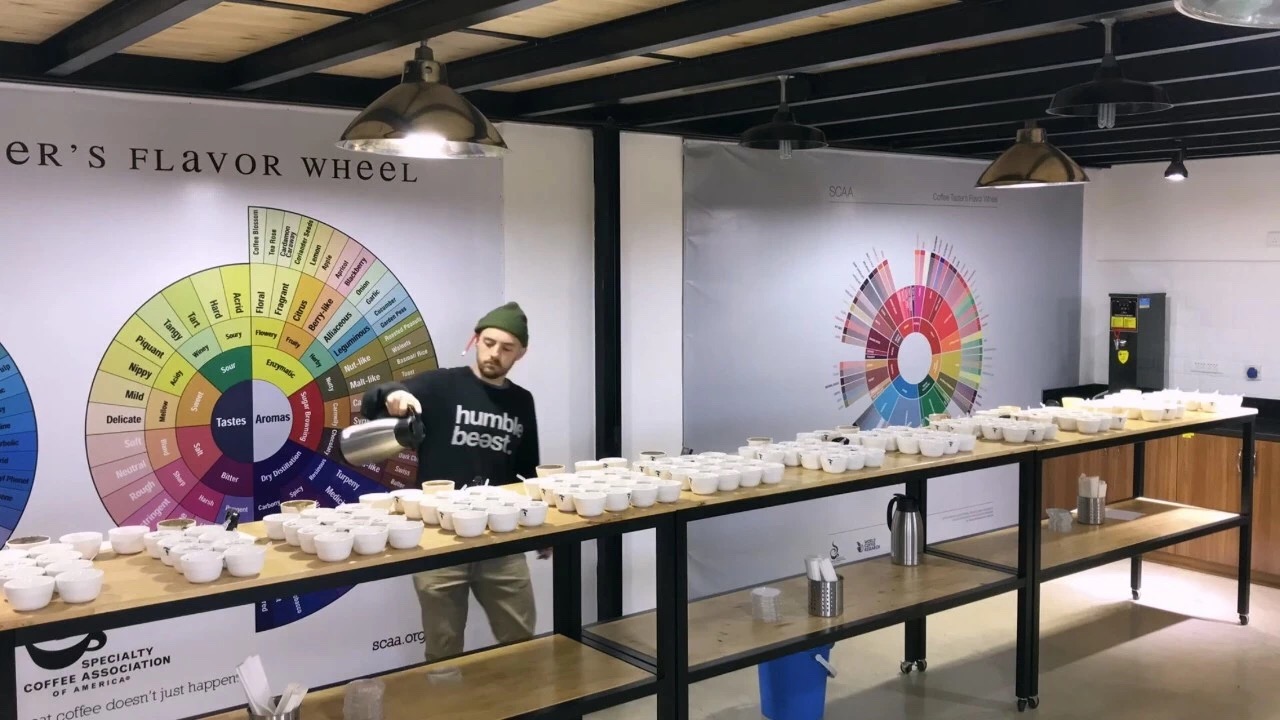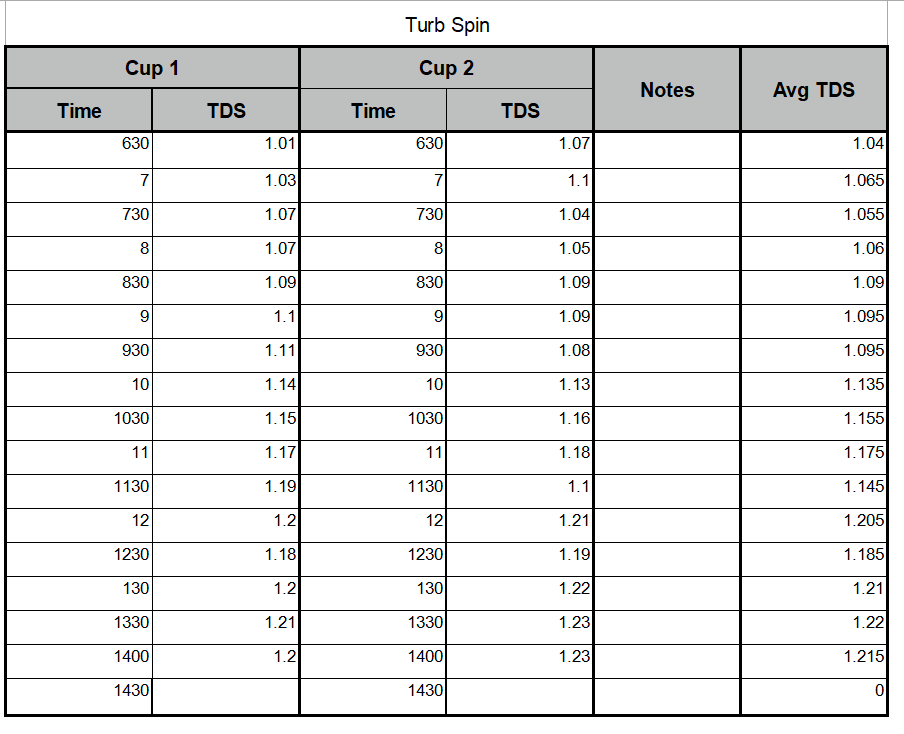Cupping TDS and Ext % change over time ? ?
We often host classes here at Torch.
One of the many classes we host is the Q Grader course. One of the goals of the Q course is to calibrate cuppers to a sensory standard, so when anyone in the industry talks about coffee quality we have a standard to base our decisions off of.
I also noticed throughout the 10 Q courses I have gotten to help with that many people have pre-conceived notions about how to break, clean, and pour water.
This got me thinking, do these variables really effect TDS and extraction that much? If they do, then the Q course also needs to calibrate on breaking, cleaning, and pouring methods as well.
So I took to the cupping lab and VST refractometer to do some research.
Check out my results Below.
*Note, each experiment was done with the same coffee on the same day, at the same time. However, the coffee for each experiment was different.
So TDS results should be compared to other tests of the same type, not across. I used 11 grams of coffee and filled each cup to the top, which is 200g of water.
Extraction % = (TDS x Beverage Weight) / Dose
In cupping, dose and beverage weight are the same, so extraction is based on TDS. I didn’t do extraction calculations, but by the nature of the formula and cupping, extraction increases as TDS increases.
One Question I am answering:
Do pouring methods, breaking methods, or cleaning methods effect TDS and extraction percentage?
If so, then we need to be more careful about our pouring order, breaking order, etc and calibrate.
Four different tests, each broken down into different experiments
Each experiment TDS will be taken every 30 seconds until 12 minutes
Break time
Will be broken at the following times and then immediately cleaned.
Break method will be push x2 then stir
3:00
4:00
5:00
Break at 6:00
Cleaning Times
Break method will be push x2 then stir at 4:00
Will be cleaned at the following times
immediately cleaned.
+2 minutes
+ 5 minutes
Break Turbulence
Break at 4:00
Differing breaking methods
Stir x1
Stir x3
stir x7
Push X 2, then Stir
Push X 7
Pouring turbulence
Bunch of spins
One steady place- low
One steady place- high
Break at 4:00
Use Push x 2 then stir
Then test TDS every 30 seconds
Notes*
The “high” cups had the most bubbles on top and the lowest TDS
Low and spins were very similar TDS
Cup 1 of the “low” I accidentally splashed some of the coffee out of the cup, so the TDS readings were all low.
Conclusion
Similar to what I have witnessed in French press brewing, the TDS of full immersion methods plateaus at a certain point and very slowly increases after that. With cupping, it is the same.
Breaking methods do not seem to matter, as long as all of the coffee grounds stay in the cup.
Breaking time seems to only have an effect for the first few minutes, then the TDS evens out.
Cleaning times do not seem to have an effect.
Pouring high produced lower TDS and extraction. I believe this is due to the formation of air bubbles that effected extraction. Pouring in circles didn’t seem to matter. Conceivably due to the grounds then immersing for 4 minutes before breaking.
Cupping TDS Forms



















